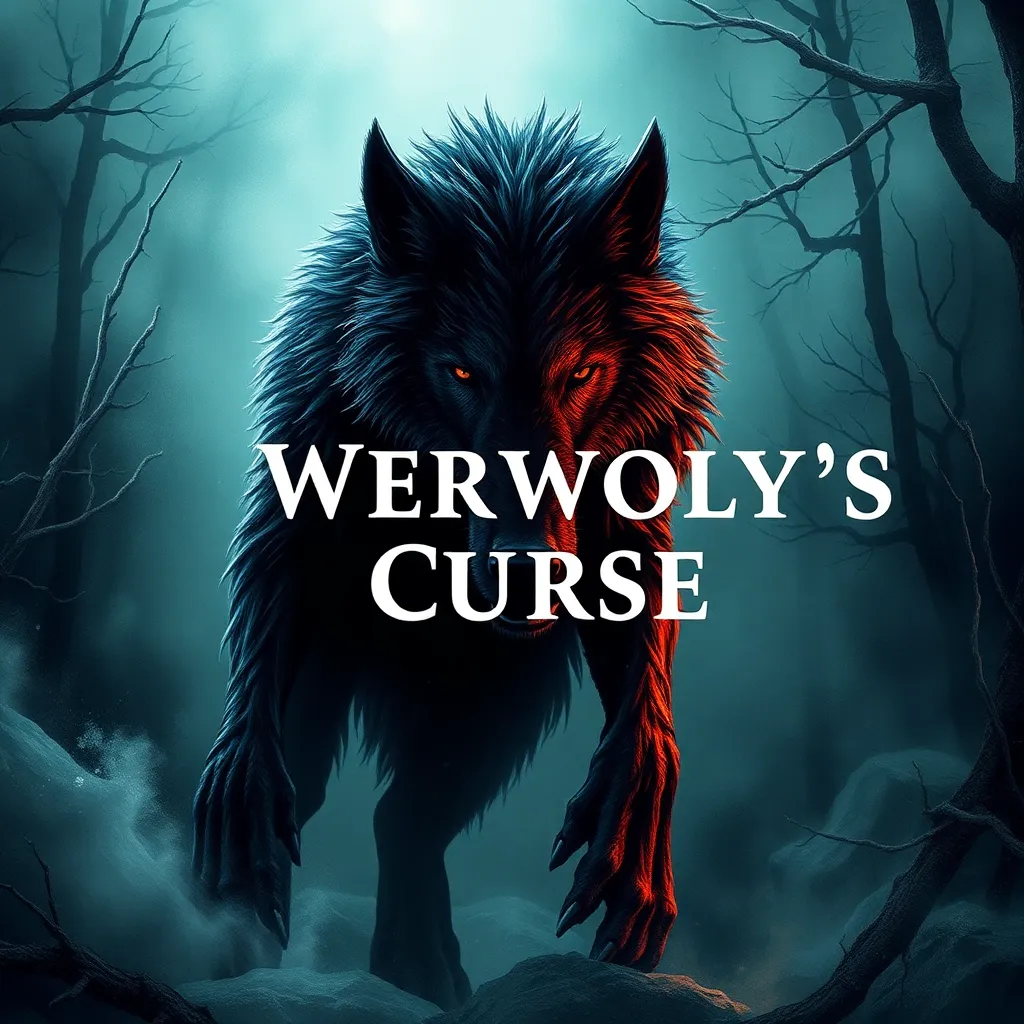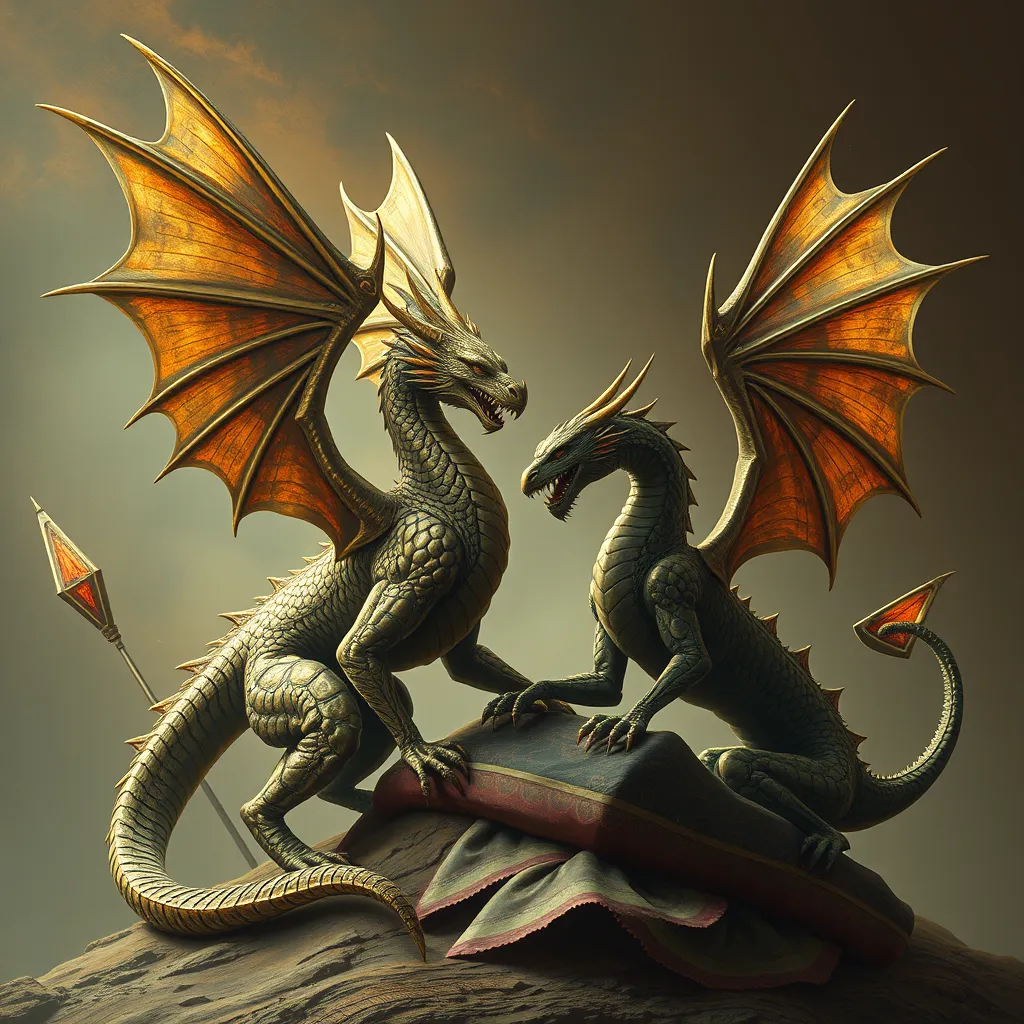The Soul-Hungry Demons: Understanding the Eshdu and Their Connection to Undead Beings
I. Introduction
The Eshdu, often depicted as soul-hungry demons in various mythologies, represent a significant aspect of folklore concerning the afterlife and the spiritual realms. These entities are often characterized by their insatiable desire to consume souls, and their presence is felt across cultures, weaving a complex narrative about life, death, and the afterlife.
This article aims to explore the Eshdu’s connection to undead beings, shedding light on their origins, characteristics, and the broader implications of their interactions with souls and the undead. By delving into these aspects, we can better understand the cultural and psychological significance of the Eshdu in various mythologies.
II. The Origins of the Eshdu
A. Historical context and cultural significance
The concept of Eshdu can be traced back to ancient civilizations, where they were often seen as guardians of the afterlife or as malevolent spirits. Their origins are rooted in the need to explain the mysteries of death and the fate of souls. Various cultures, including Mesopotamian, Egyptian, and later, European folklore, have their interpretations of these entities.
B. Myths and legends surrounding the Eshdu
Many myths depict Eshdu as powerful beings capable of manipulating the souls of the deceased. For instance, some legends tell of their ability to lure souls into darkness, while others portray them as forces of retribution against the living. These narratives serve to highlight the moral codes of the societies that created them.
C. Evolution of the Eshdu concept over time
Over the centuries, the representation of Eshdu has evolved. From ancient texts to modern interpretations, they have transitioned from being purely malevolent to more complex figures embodying the duality of life and death. This evolution reflects changes in societal attitudes towards death, spirituality, and morality.
III. Characteristics of the Eshdu
A. Physical and spiritual attributes
Eshdu are often depicted with grotesque features, symbolizing their connection to death and decay. They may have shadowy forms, glowing eyes, or twisted limbs. Spiritually, they are considered to possess immense power over souls, often acting as both predator and judge.
B. Behavioral traits and hunting methods
These entities exhibit specific behavioral traits that define their interactions with the living and the dead. Common hunting methods include:
- Luring: Using illusions or promises of power to attract souls.
- Manipulation: Distorting reality to confuse and ensnare their victims.
- Chasing: Pursuing lost souls that wander away from the light.
C. Symbolism and representation in various cultures
In different cultures, Eshdu symbolize the complexities of the afterlife. They represent fears surrounding death and the unknown, embodying the struggle between good and evil. Artistic representations often depict them in dramatic poses, emphasizing their role as harbingers of doom or as guides to the afterlife.
IV. The Eshdu’s Relationship with Souls
A. Understanding the concept of soul hunger
The term “soul hunger” refers to the Eshdu’s insatiable desire to consume souls. This hunger is not merely for sustenance but symbolizes a deeper existential craving for power and control over the spiritual realm.
B. Mechanisms of soul consumption and its implications
Eshdu are believed to have specific mechanisms for soul consumption, including:
- Feeding on fear: Souls that are fearful or troubled are easier to devour.
- Binding souls: Once a soul is caught, it may be bound to the Eshdu, preventing it from moving on.
The implications of these actions can lead to a cycle of torment for the souls, affecting their journey in the afterlife and their potential reincarnation.
C. The Eshdu’s role in the afterlife and spiritual realms
In many mythologies, Eshdu serve as gatekeepers or guardians of the afterlife. Their role can be seen as both punitive and protective, as they ensure that souls face their deeds in life. This duality adds depth to their character and highlights the complexities of spiritual beliefs.
V. The Connection Between Eshdu and Undead Beings
A. Definitions and classifications of undead beings
Undead beings encompass a variety of entities, including ghosts, zombies, and vampires. They are typically characterized by their existence between life and death, often retaining some aspects of their former selves while being influenced by external forces.
B. How Eshdu interact with undead entities
Eshdu often have a symbiotic relationship with undead beings. They may:
- Control: Manipulate undead entities to serve their purposes.
- Feed: Consume the souls of undead beings, especially those that have not fully transitioned to the afterlife.
C. Case studies of specific undead beings influenced by Eshdu
Several specific undead beings, like vampires, are often depicted as having connections to Eshdu. For instance, vampires may be portrayed as attempting to evade Eshdu, seeking to maintain their existence while being hunted by these soul-hungry demons.
VI. Cultural Interpretations of Eshdu and Undead Beings
A. Depictions in literature and art
The Eshdu and undead beings have inspired a wealth of literature and art. From ancient texts to modern novels, they are often depicted as symbols of fear, loss, and the unknown, reflecting societal anxieties about death.
B. Variations in beliefs across different cultures
Different cultures have their interpretations of Eshdu and undead beings. For example:
- In some African cultures, ancestral spirits are revered, contrasting with the Eshdu’s malevolence.
- In Eastern European folklore, undead beings like vampires are often seen as cursed souls, emphasizing the connection to Eshdu.
C. The psychological impact of Eshdu and undead lore on society
The tales of Eshdu and undead beings serve as cautionary tales, reflecting societal values and fears. They impact not only cultural narratives but also individual psyche, influencing how people perceive death and the afterlife.
VII. Modern Perspectives and Beliefs
A. The Eshdu in contemporary spirituality and occult practices
Today, the Eshdu are sometimes incorporated into modern spiritual practices and occult traditions. They are invoked in rituals aimed at understanding death and the afterlife, reflecting a continued interest in the unknown.
B. Representations in popular media (films, books, games)
The Eshdu and undead beings have found their way into popular media, often portrayed as complex characters. Films, books, and games explore their characteristics, creating new narratives that resonate with contemporary audiences.
C. The relevance of Eshdu in today’s understanding of life and death
The ongoing fascination with Eshdu and undead beings speaks to humanity’s enduring quest to understand life, death, and what lies beyond. These entities challenge us to confront our fears and beliefs about mortality.
VIII. Conclusion
In summary, the Eshdu and their connection to undead beings reveal deep insights into cultural beliefs surrounding death and the afterlife. Understanding these entities helps us appreciate the complexities of various spiritual narratives and their implications for contemporary society.
The Eshdu serve as reminders of the eternal questions regarding life, death, and what might lie beyond, inviting us to explore our beliefs and fears in the process.



